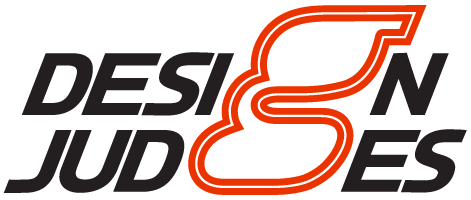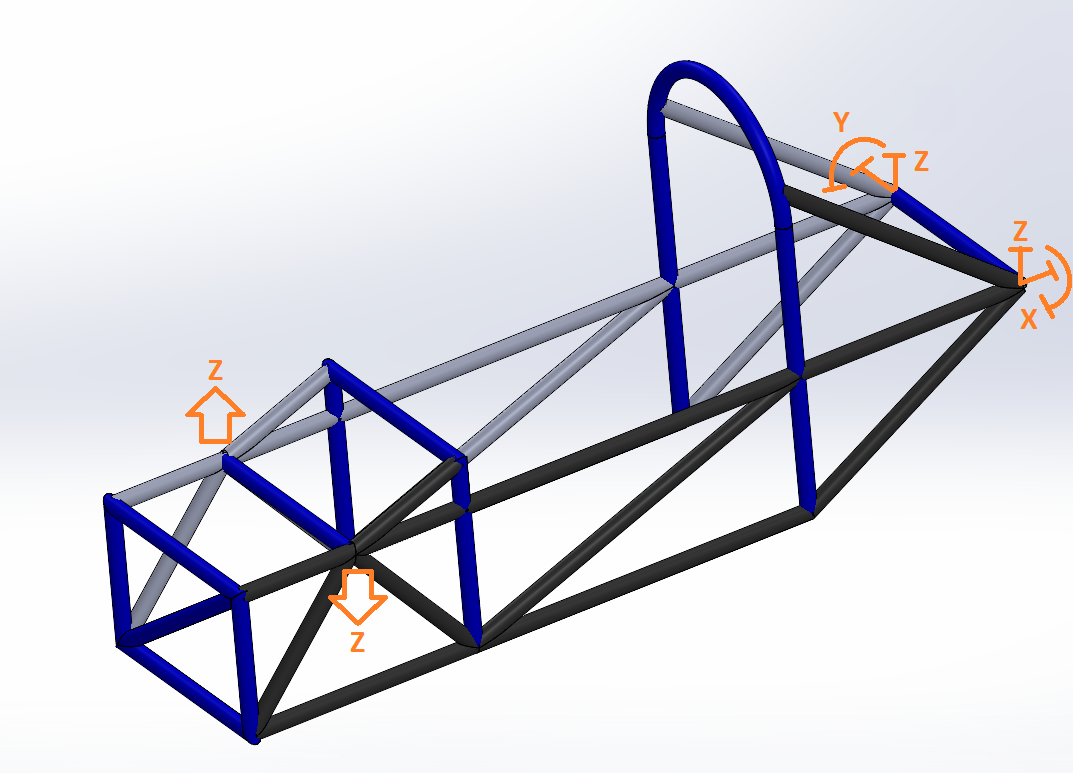
Articles Curated by Formula SAE Judges
Guide To 2025 FSAE Frame Rule Changes
Ride Height, Impact Attenuator, Impact Structure Heights
Use Eyes For Harness Clips
EV Rear Diagonal Requirement
Get External Items off the Main Hoop and Main Hoop Braces
Guide To 2024 FSAE Frame Rule Changes
High temperature knockdowns for composite and structurally bonded accumulators
LV Batteries and Pressurized Cylinders must be inside the chassis
No engine mounts on the Shoulder Harness Bar or Braces
Maximum static ride height should be <= 75mm
Aero Placement And Mounting
Keeping aero parts from hitting the ground
Unexpected loads and directions
Stopping oscillation
Making or buying cables
Engineering A Lighter Chassis, Part 1
Comparing and engineering for different materials
Strength, stiffness, triangulation, load paths, gussets
Suspension loading
EV Accumulator mounts
Guide To 2023 FSAE Frame Rule Changes
Steering Rack Protection
HV Side Minimum Height
Half-Monocoque Attachment
Monocoque Details
Tube Frame Analysis
In addition to a torsion test, local and whole-chassis FEA can show performance for different chassis designs during combined cornering, aero and bump loads, for drivetrain attachments during acceleration and braking, and for harness and other mounts during front impact.
Competitive Intelligence
Doing research, reverse engineering, setting design targets. Additional insight for teams thinking about making the EV transition.
Guide To 2022 FSAE Frame Rule Changes
Standard Honeycomb IA
FH Angle and Head Restraint Protection
Tougher Monocoque Modulus and Harness
Max 2 Accumulator Attachments Per Tube
And more…
Overall Vehicle Priorities
To manage priorities, ask four questions about every design decision, in this order: 1. Is it legal or illegal? 2. How does the change affect reliability or repeatability? 3. How does the change affect overall vehicle performance over a lap? 4. What are the drivability effects?
Design Of Strong, Stiff, And Light Structures And Joints
The most common barrier between your team and your performance goals is reliability. These design best practices are intended to help you create strong, stiff, and light mechanical designs. Every design requires tradeoffs, and this list is not intended to be a set of absolute rules; but it will help you identify common design strategies to follow, pitfalls to avoid, and will inform your design decision making.
Contact! Impact! Fire!
Crash safety considerations beyond the frame and impact attenuator.
Adding Aero, Justifying Aero
Simply finding the combination that gives the fastest laptime is missing the point. The point is to understand the size of each effect, and how to engineer each effect to achieve the fastest laptime.
Critical Specifications For Balance
Chassis, mass, and aerodynamic interactions affecting steady-state balance, and the purpose of anti-roll bars.













